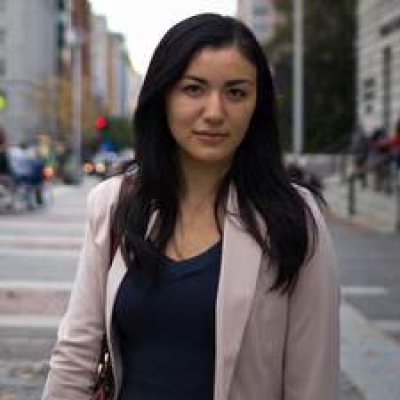In the midst of a blooming field of research on how to serve high-achieving minority and lower-income youngsters, this report from Education Trust plants a welcome bud. Noting that the sturdiest predictor of college success is the richness of a student’s course of study in high school, and concerned about how few minority and low-income students opt to take challenging Advanced Placement (AP) courses, the authors set out to understand the extent of these inequities—and what can be done to reverse the trend. After determining that 71 percent of all U.S. high schools in 2009–10 had at least one student take an AP examination, providing 91 percent of all students with some AP access, they outlined the extent of the gap: 6 percent of African American students take AP courses, compared with 11.9 percent of white students and 25.1 percent of Asians; similarly, 5.5 percent of low-income students take AP courses, versus 15.6 percent of all other students. The authors go on to recommend a number of actions that district and high school educators can take, from simply expanding awareness among underrepresented student groups to creating a network of supports for students taking advanced courses. But while most of these proposals seem reasonable, the recommendation that schools ensure that their barriers to AP enrollment are not too “rigid” stuck out like a sore green thumb. While there are plenty of qualified and underrepresented students who never enroll and ought to be encouraged to do so, schools ought to ensure that loosening entry requirements does not lead to a watering down the course content—or no flowers will bloom at all.
SOURCE: Christina Theokas and Reid Saaris, Finding America’s Missing AP and IB Students (Washington, D.C.: The Education Trust, June 2013).

